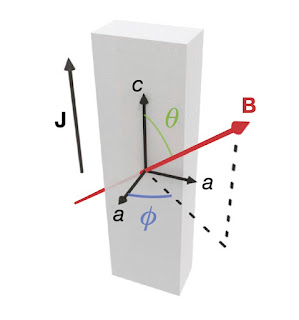The joys and frustrations of making video recordings in powerpoint
I have recently been doing something that many of you are probably already doing thanks to online teaching in the pandemic: using PowerPoint to make a video recording of a slide presentation. Particularly for online courses that are not live this can make a lecture more engaging. First, I will share a few helpful things I learned. To get the best quality video it is best not to use regular room lighting and the camera on your laptop or desktop monitor. It turns out, for reasons I still do not fully understand, that generally, the quality of the video from your phone is much better than from your laptop camera. So I am using my phone with free Irium software to do the recording. I have the phone mounted on a tripod that includes a ten-inch LED ring light. The picture quality really is a lot better. Now, I come to the weird, frustrating, and random problems that I am having. At first, ppt would not do video recording on my regular MacBook, but it would on my old MacBook, even though

